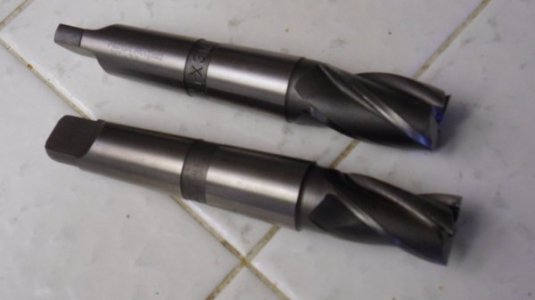- Joined
- Jun 24, 2016
- Messages
- 5
hello folks
Peter here, brand new to machining and the forum so please forgive the newbie question, but I know the expertise I need counsel from will be here
I have just got my first lathe, but the work I want to create is very small - I am working on a 1/18 scale Supermarine Spitfire and things are generally tiny..
The stock I want to machine is mainly between 1 to 8mm in diameter so the 3 jaw chuck is too big to hold it. I bought a precision drill chuck with it that is supposed to go in the tailstock I think
My question is whether there is any way to mount this in the headstock? Can I remove the 3 jaw chuck and replace it with this? I have an arbor on it that seems to slot in the 3 jaw chuck, (and there seems to be a hole right through to the gearbox) but it is not stable or central
Or is there another way to hold work that is smaller than the closed 3 jaw chuck?
any ideas or suggestions?
yours in hope
Peter
Peter here, brand new to machining and the forum so please forgive the newbie question, but I know the expertise I need counsel from will be here
I have just got my first lathe, but the work I want to create is very small - I am working on a 1/18 scale Supermarine Spitfire and things are generally tiny..
The stock I want to machine is mainly between 1 to 8mm in diameter so the 3 jaw chuck is too big to hold it. I bought a precision drill chuck with it that is supposed to go in the tailstock I think
My question is whether there is any way to mount this in the headstock? Can I remove the 3 jaw chuck and replace it with this? I have an arbor on it that seems to slot in the 3 jaw chuck, (and there seems to be a hole right through to the gearbox) but it is not stable or central
Or is there another way to hold work that is smaller than the closed 3 jaw chuck?
any ideas or suggestions?
yours in hope
Peter

